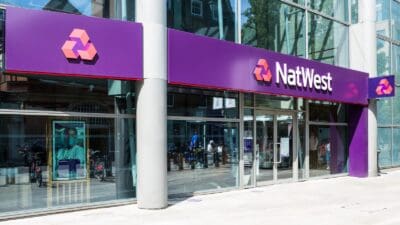While the commencement of regular payments for oil shipments helped buoy shareholders in Gulf Keystone Petroleum (LSE: GKP), the relatively small sums received (with no repayments yet of the arrears owed by Kurdistan Regional Government) have still left the company in a precarious position. It has to meet debt repayments of $575m in late 2017, and where that cash will come from has been anybody’s guess.
But at least the production volumes from the firm’s Shaikan development, which has a maximum sustained output of around 40,000 barrels of oil per day (bopd), offers a solid bedrock for the Gulf’s future… doesn’t it?
Well, Thursday’s results for 2015 dealt a further blow, revealing that production from Shaikan “may begin to exhibit natural declines later in 2016“. To maintain production at current levels, and then potentially increase it to 55,000 bpod, will require the investment of new capital. It’s going to need between $71m and $88m in new capital expenditure, but there was only $44m in cash and equivalents on the books on 31 December 2015, which is not going to last long at the current rate.
Passive income stocks: our picks
Do you like the idea of dividend income?
The prospect of investing in a company just once, then sitting back and watching as it potentially pays a dividend out over and over?
If you’re excited by the thought of regular passive income payments, as well as the potential for significant growth on your initial investment…
Then we think you’ll want to see this report inside Motley Fool Share Advisor — ‘5 Essential Stocks For Passive Income Seekers’.
What’s more, today we’re giving away one of these stock picks, absolutely free!
As well as recording a $51m gross loss in 2015, Gulf had to stump up $52m in finance costs. And for this year, the firm admitted it will face difficulty in meeting debt repayments of $250m in April 2017 and $325m in October 2017, telling us it “continues to actively review options to secure new funding“. Unless the new funding is found, Gulf Keystone seems certain to default on its debt payments. And even of it can attract new cash, the dilution affect on current shareholders may well render their holdings worthless.
The shares have lost 32% of their value since the results were known, and are now down 92% over the past two years. Sad though it is, Gulf Keystone is firmly in bargepole territory for me.
A lifeline?
From my stamp collecting schooldays I have fond memories of Stanley Gibbons (LSE: SGI), and it’s painful to see the company’s shares crashing by 94% in the past 12 months, to 17p. The latest downward pressure came from the firm’s confirmation on 14 March that it is to go ahead with a new share issue to the tune of £13m, with the majority being placed with institutional investors — though there will also be an open offer for existing shareholders to subscribe to eight new shares for every ten currently held. But the offer price is a low 10p per share, 40% below the market price as I write.
Problems stem from falling turnover, weakness in the collectibles market, and a failure to achieve the cost savings levels expected from recent acquisitions — and a plan to return to “more disciplined buying and selling strategies” suggests its has got a lot wrong there too. The company now says it expects to report a pre-tax loss of between £1m and £2m for the year to 31 March, which is a pretty big whack for a company with a market cap of only £13m.
This is a big share issue, with the new shares representing around three quarters of the total shares, so existing holdings will be reduced to just a quarter of the newly-financed firm.
Whether this is enough to keep the company going in the long term, or whether it will turn out to just be a short-term stopgap, remains to be seen. I hope it’s the former, but Stanley Gibbons is definitely another one to avoid for me.







